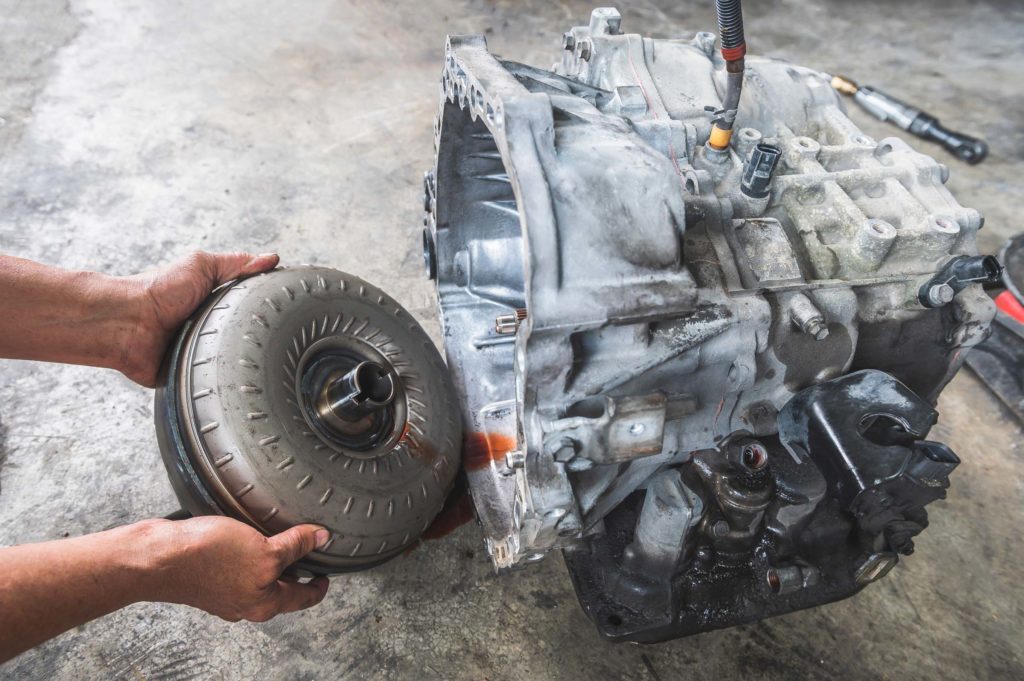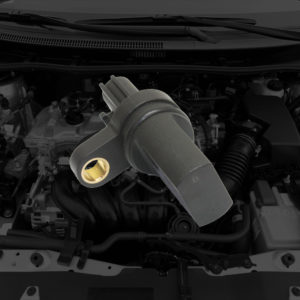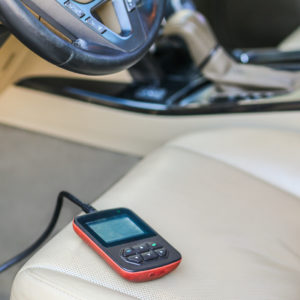On-board diagnostic (OBD) codes help mechanics and vehicle owners identify vehicle problems easily. But before you can troubleshoot and fix these problems, you’ll need to have an idea about what they mean.
Code P1744 is one of the many trouble codes that your vehicle’s powertrain control module (PCM) can log. Here’s some helpful information about this trouble code.
What Does the P1744 Code Mean?
Diagnostic trouble code (DTC) P1744 is a manufacturer-specific code (usually used by Ford) that stands for “Torque Converter Clutch System Performance.” This code is logged when the vehicle’s PCM detects a problem with the application of the torque converter clutch (TCC).
Modern automatic transmissions come with a torque converter, which (under certain conditions) multiplies the rotational force being transferred from the engine to the transmission. This component also acts as a fluid coupling between the engine and the transmission to prevent stalling when the vehicle is stopped and in gear.

All modern torque converters have a lockup clutch that eliminates the energy-wasting slippage within the torque converter by creating a solid mechanical connection between the engine and the transmission during high gear highway cruise for better fuel economy.
That being said, since about 1990, almost all vehicles engage their torque converter clutches in stages leading up to 100% lockup.
That means the solenoid is designed to function more or less as a “variable force” solenoid that provides a calculated pressure feed to the converter clutch as commanded for controlled slip right up until the TCC reaches the 100% command, which is supposed to be full lockup.
P1744 on Some Ford Vehicles
On a 2015 F150, for example, a P1744 means “Torque Converter Clutch Solenoid Circuit Performance.” Unlike the generic P0744 code, this is a non-electrical fault but rather a performance fault. This means that the PCM/TCM detected no electrical fault but through other sensors determined that the solenoid is not responding mechanically to the electromagnetic coil. Either that, or another mechanical problem is occurring in the torque converter itself to make it appear that the command isn’t being followed.
You can learn more in our brief technical discussion about the torque converter solenoid.
Note: The definition of code P1744 code may be different depending on the vehicle manufacturer. Consult the appropriate repair manual or repair database for the exact code definition.
What are the Common Causes of the P1744 Code?
- Low transmission fluid level
- Dirty transmission fluid
- Bad TCC solenoid valve
- Circuit problems, such as damaged wires or a poor connection
- Failed torque converter
- Faulty valve body
- Transmission internal mechanical problem
- An issue with the powertrain control module (PCM) or transmission control module (TCM)

What are the Common Symptoms of the P1744 Code?
- Illuminated check engine light
- Overheating transmission
- Poor fuel mileage
- Transmission performance problems, such as slippage
How to Diagnose the P1744 Code
There is no one-size-fits-all approach to diagnosing code P1744. The steps for fixing this code will vary depending on your vehicle’s year, make, and model.
Check out the video below to get an idea of what the diagnostic process for this code might involve:
How to Fix the P1744 Code
Although various vehicles can log code P1744, the appropriate diagnostic and repair procedure can differ across models. If you’re unfamiliar with auto repair, it’s best to let a trusted mechanic fix the problem for you.
If you’re considering fixing this code on your own, it’s a good idea to do some research before pushing through with the repair. We recommend consulting a vehicle-specific repair manual or an online repair database to learn the appropriate diagnostic procedures for this code.
Any information provided on this Website is for informational purposes only and is not intended to replace consultation with a professional mechanic. The accuracy and timeliness of the information may change from the time of publication.


















